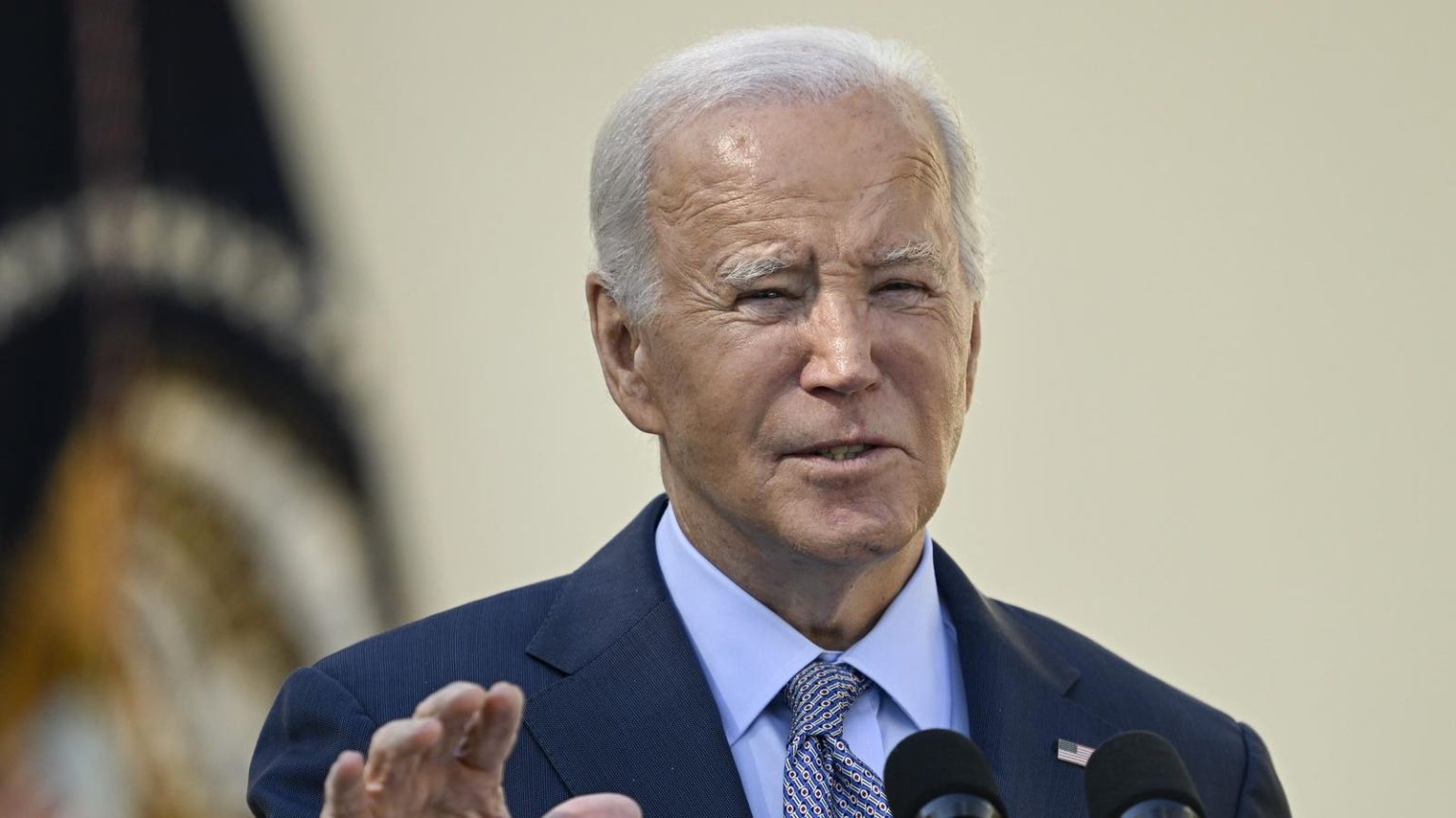Student loan forgiveness approvals under a key program for public servants have increased by a factor of over 100, according to the Biden administration, as the Education Department continues implementing a number of reforms.
“When I took office, the Public Service Loan Forgiveness program had been in place for nearly 15 years, but because of red tape, only 7,000 borrowers had been helped,” said President Biden in a tweet earlier this month. “Thanks to our reforms, 715,000 borrowers have now had their debts forgiven,” he said.
The administration continues to roll out improvements to the program. And more borrowers may receive student loan forgiveness under PSLF in the coming months. Here’s what borrowers need to know.
Student Loan Forgiveness Rates Had Been Low Under PSLF
PSLF is a popular student loan forgiveness plan that can wipe out a borrower’s federal student loans. The PSLF program requires that borrowers make 120 “qualifying payments,” defined as on-time payments on Direct federal student loans under specific repayment plans while the borrower works in qualifying PSLF employment, which includes many nonprofit and domestic public organizations. Through PSLF, borrowers can receive complete federal student loan forgiveness in as little as 10 years, if qualifying payments are made consecutively (although they don’t have to be).
But borrowers seeking student loan forgiveness through PSLF have faced longstanding problems. The program’s requirements have been complex and inadequately communicated to borrowers. Loan servicers did not always administer the program properly. And the federal government was uneven with oversight.
The result was a promise of student loan forgiveness that often went unrealized, even as borrowers devoted their careers to relatively low-paying nonprofit or government positions. The loan forgiveness approval rate for PSLF never eclipsed two percent, and only a few thousand borrowers received relief.
PSLF Reforms Lead To Dramatic Increase In Student Loan Forgiveness
The Biden administration has established and expanded a number of initiatives designed to improve PSLF and increase the rate of student loan forgiveness approvals. The result is that within President Biden’s first two and a half years in office, the Education Department has now approved $51 billion in student loan forgiveness under the program. The improvements and reforms include the following:
- The Covid-19 student loan pause allowed borrowers to receive credit toward student loan forgiveness, even while payments were not due. The pause officially ended this summer after Biden authorized several short-term extensions, but borrowers can still receive PSLF credit from those months.
- The Limited PSLF Waiver temporarily relaxed the rules defining a “qualifying payment,” allowing many more periods of repayment to count toward student loan forgiveness.
- While the Limited PSLF Waiver ended last fall, the Biden administration then implemented the IDR Account Adjustment, another temporary program. This initiative extends many of the benefits of the Limited PSLF Waiver and also allows certain past periods of deferment and forbearance to count toward student loan forgiveness. The Education Department is still implementing the IDR Account Adjustment.
- This summer, the Education Department enacted new PSLF regulations that codify some elements of the Limited PSLF Waiver and IDR Account Adjustment, expanding what can count as a “qualifying payment” and giving borrowers more flexibility to make progress toward loan forgiveness under the program.
Additional Student Loan Forgiveness Reforms For PSLF
In addition to the ongoing implementation of the IDR Account Adjustment, the Biden administration is also implementing several other PSLF-related reforms that may continue to benefit borrowers seeking student loan forgiveness.
Last week, the Education Department released detailed new guidance for an initiative that will allow borrowers to retroactively “buy back” PSLF credit for certain past deferment and forbearance periods that may not have counted toward loan forgiveness. The initiative — part of the new PSLF regulations that went into effect over the summer — is expected to be in full force after the IDR Account Adjustment program winds down next year.
The Biden administration is also engaged in a broad campaign to enroll borrowers in the new SAVE plan, an income-driven repayment plan designed to be more affordable than many other options. Since most borrowers pursuing PSLF must repay their loans under an income-driven repayment program, SAVE will effectively lower the cost of repayment and increase the benefits associated with student loan forgiveness. However, implementation of SAVE has been rocky, with hundreds of thousands of borrowers experiencing errors in payment calculations.
Further Student Loan Forgiveness Reading
Biden’s New Student Loan Forgiveness Plan Starts To Take Shape
5 Categories Of Borrowers Could Get Student Loan Forgiveness Under New Biden Plan
‘A Big Deal’: Student Loan Forgiveness Approved For 3.6 Million Borrowers
Student Loan Forgiveness Proceeds And Payments ‘Cut In Half,’ But System Buckles
Read the full article here




